THE WREN PROJECT


‘I think that it may be found beautiful and convenient.’
SIR CHRISTOPHER WREN



‘I think that it may be found beautiful and convenient.’
SIR CHRISTOPHER WREN
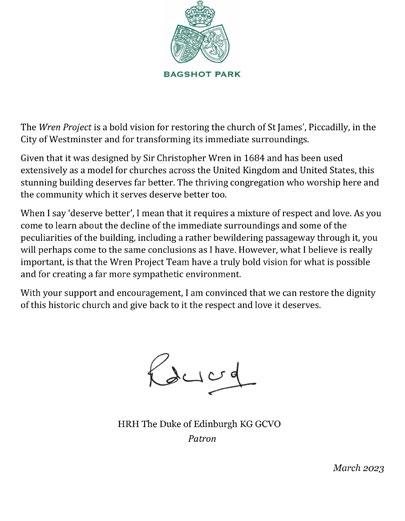

The restoration and rejuvenation of St James’s represented in the Wren Project is timely and urgent. The post war re-building of 1954 is the last time any significant work was done for this unique and irreplaceable heritage. Prompted by the immediate need for environmentally sustainable conservation of this building and site, we believe in the Wren Project because it is bigger than us. With its social impact programmes, educational focus and innovative creative programming, the Wren Project speaks to a world transformed, where environmental, social, creative and spiritual endeavours intertwine and offer a holistic, imaginative vision of what it is to be human in a modern city.
The guiding hand for the physical transformation of the site is that of the innovative and prolific architect Sir Christopher Wren, whose buildings reveal his conviction that order and equity are at the heart of a good society. In designing St James’s, he had a free hand to make the light, airy, well-proportioned church that so many today call home. But the historic building makes no sense without the thousands of people who find meaning here.
The physical transformation and opening up of the site is symbolic of the decades-long commitment St James’s has had to the outward-looking social and environmental impact that spiritually reflective communities can have on the society they serve. From the ground-breaking Changemaker Programme to the commissioning of a new organ, garden pavilion and arch; from the provision of food and clothes for people experiencing homelessness to the seven-day-a-week drop in counselling service, a distinctive feature of the Wren Project is its focus on creative programming and the emphasis placed on equipping future generations to imagine the world to be different and working to make it so.


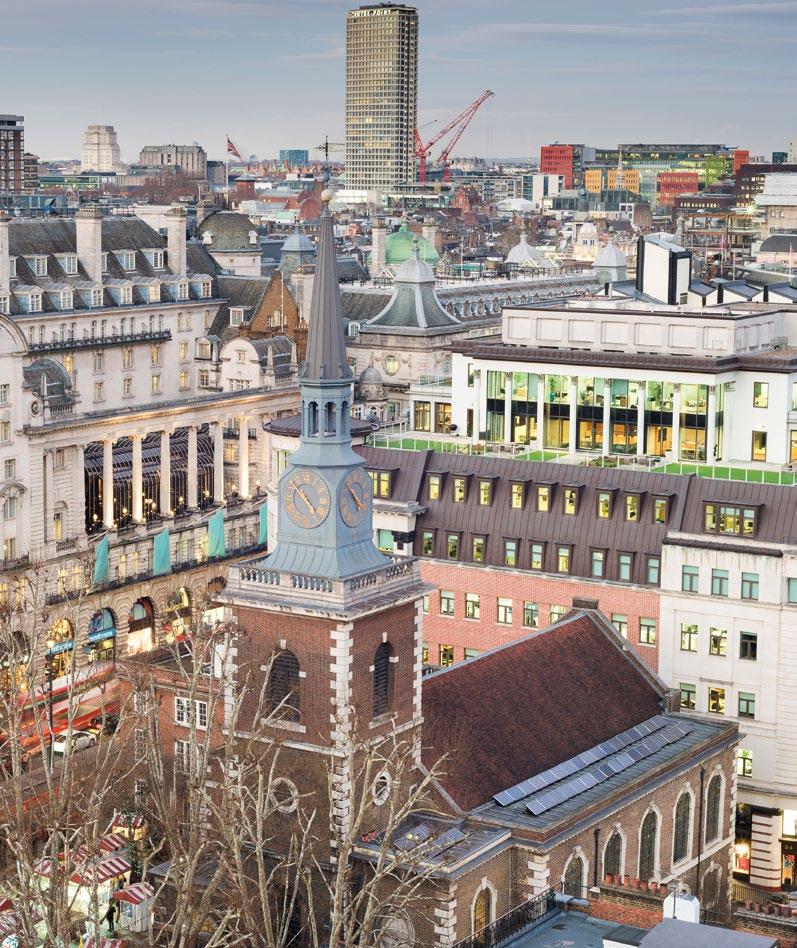
ST JAMES’S CHURCH PICCADILLY has been at the heart of the community since 1684. Generations of Londoners and international visitors have found a place here, attending services, concerts, meeting in its unique courtyard or taking some time to enjoy the contemplative green space of the Southwood Garden.
After the bombing of 1940, the church was rebuilt. In the decades since, the church has developed a reputation for being creative, engaged and inclusive, rooted in its Christian faith as part of the Anglican Communion but welcoming to people of all faiths and none.
The Wren Project celebrates London’s 17th- century inheritance by transforming it for 21st century work. St James’s Church is a historic church, looking to the future, impatient for change in the society we serve.

‘To see a World in a Grain of Sand And a Heaven in a Wild Flower
Hold Infinity in the palm of your hand
And Eternity in an hour’
WILLIAM BLAKE, 1708
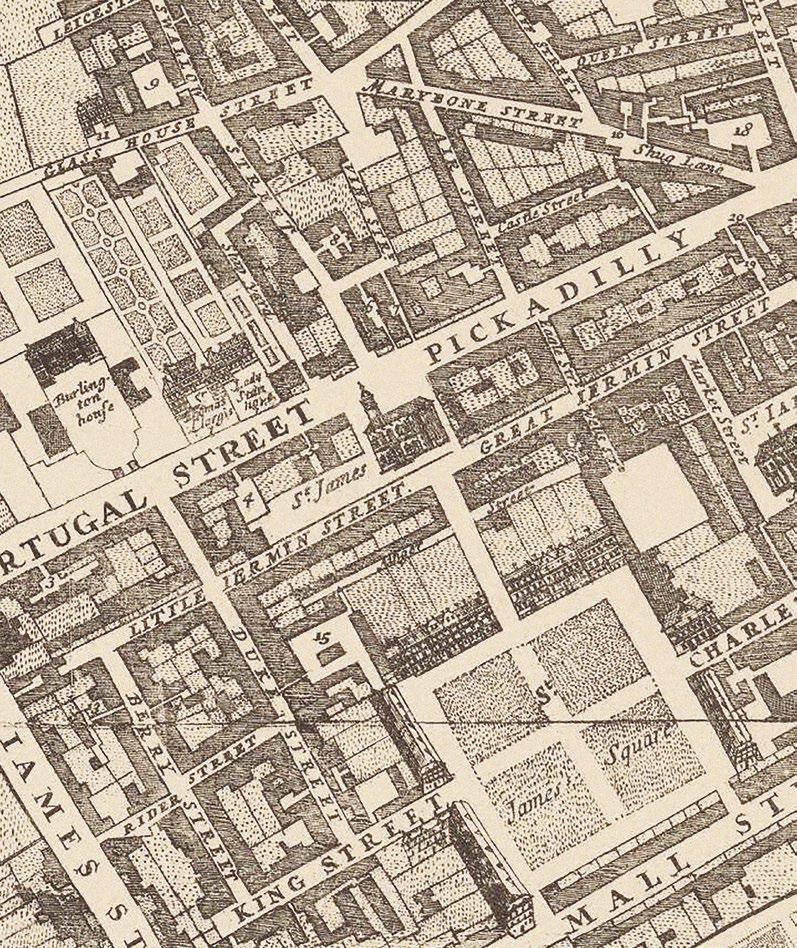

In 1684, King Charles II granted a charter to develop part of the estate that belonged to St James’s Palace. Designed by Sir Christopher Wren, St James’s is now a highly significant Grade I-Listed church, known and valued worldwide. It is the church of the Royal Academy of Arts and the theatres of the West End, a place that has stood as a witness to the presence of God in the heart of London for more than three centuries.
St James’s was built at a crucial moment in world history. product of the religious wars of the 17th century, the architecture is a statement of a world transformed: a protestant insistence on the light of reason shining on the practice of religion, with Christopher Wren’s clear glass windows a distinctive feature. The exceptional, exquisite and ornate reredos, emphasising the sacraments, is considered one of the finest works by the world-famous wood carver Grinling Gibbons. The font and organ case are also masterpieces by Gibbons, making a trio of incomparable and irreplaceable 17th-century artworks that are unique to the Church.
This public architecture envisions a world that is not only beautiful but just, calling human beings beyond themselves to hope for a better life and to imagine that human beings are always made for more.
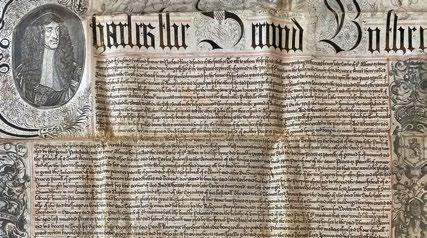
1684
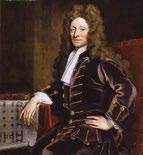
1684
St James’s Church consecrated
Designed by St Christopher a founder of the Royal Society and architect of St Paul’s Cathedral and 52 other London churches.
1686
Grinling Gibbons’ marble font installed



1707
Willem van der Velde the younger Dutch seascape painter buried at St James’s
1748
Pedro Vicente Maldonado
Ecuadorian scientist and member of the French Geodesic Mission buried at the church

1760
King George III ascends to the throne
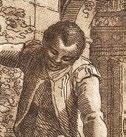
1773
Ottobah Cugoano
Freed slave and influential abolitionist is baptised at St James's

1837
Queen Victoria ascends to the throne

1699
Mary Beale
the first professional female portait painter, is buried at St James's
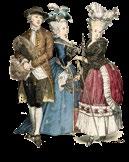
1720s
St James’s was frequented by members of London high society... ‘the Ladys and Women were so richly and wantonly dressed and full of Jewells’ (John Evelyn)

1757
William Blake artist and poet, is baptised in St James’s

1772
1767
Angelica Kaufmann
one of two female painters among the founding members of the Royal Academy in London, is married in St James’s
Daniel Defoe publishes an account of the congregation at St James’s, one of many literary references to the church
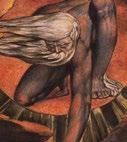


1815
James Gillray
James Gillray, parish resident and father of the political cartoon, is buried at St James's

1862
New Vestry Hall completed

1918
Robert Graves WW1 Soldier-poet weds at the church

1914
William Temple later Archibishop of Centerbury, becomes Rector of St James’s
1860

1856
William Yarrell memorial erected to English zoologist, prolific writer, bookseller and naturalist
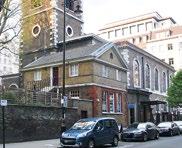
1899
Church Room opened on Jermyn Street, between the churchyard and the south vestibule of the church

1940 St James’s is bombed
The church is hit by bombs during the London Blitz and remains roofless for nearly seven years. In 1941 services resumed after a temporary roof was constructed over the south aisle.
1981
Mother Teresa blesses the counselling project in St James’s garden

1954 Church reopens
2016

2016
‘Flight’ installation by Arabella Dorman, highlights the plight of migrants fleeing war and persecution

2010 Lucy Winkett becomes first woman Rector
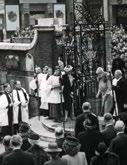
1946 Remembrance Garden opened by Queen Mary on May 12
1953 Queen Elizabeth II ascends to the throne


1987
Dennis Healey addresses CND meeting in the Church

1980

2020

2022
Talvin Singh headlines the Embark Festival curated by St James's

2015
Nile Rogers one of many creatives, thinkers, artists and musicians welcomed at St James’s
340 years is a long time to wait to see society transformed. St James’s has been, and continues to be, a home for visionaries who can see the world as it should be and who remind us of our potential to create more just and compassionate societies.
St James’s is a church that has a “legitimate and unavoidable impatience” (Dr. Martin Luther King Jnr.) for a world transformed, in which dignity and equity are for all. Rooted in God’s earth, we envision a just society and a creative, open-hearted church. Throughout its history, distinguished names associated with St James’s have imagined the world to be different, and have made decisive contributions to making it so.
The poet William Blake was baptised here, and it was in the same font, carved in marble by Grinling Gibbons in 1773, that Quobna Ottobah Cugoano, enslaved on the Caribbean island of Grenada and then free, was also baptised. An active and vocal abolitionist, Cugoano detailed his experiences and those of others in his influential book, Thoughts and Sentiments on the Evil of Slavery (1787), which is still in print today. 2023 marks the 250th anniversary of his baptism at St James’s Church, a place that is still a bold presence, advocating for social justice and empowering communities.
William Pitt, Britain’s youngest Prime Minister, Georg Frideric Handel and Sir Isaac Newton all have close associations with St James’s. Olaudah Equiano, the prominent abolitionist, worshipped here with William Wilberforce. James Gillray, the father and inventor of the political cartoon, Mary Beale, the first female professional portrait artist, the innovative botanical artist Mary Delany and the founder and auctioneer James Christie, are all laid to rest here, and in their time have shaped our - and the world’s - history.
St James’s Church is a place where creative people, sometimes on the edge of the society in which they lived, have found a home. This guides our mission today.
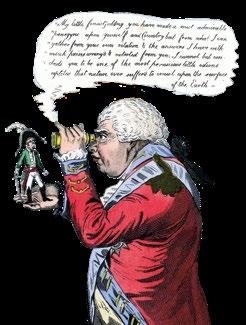
THROUGHOUT HISTORY, DISTINGUISHED NAMES ASSOCIATED WITH ST JAMES’S HAVE IMAGINED THE WORLD TO BE DIFFERENT, AND HAVE MADE DECISIVE CONTRIBUTIONS TO MAKING IT SO.
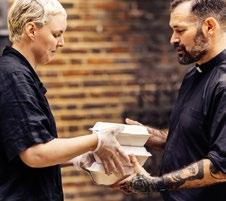
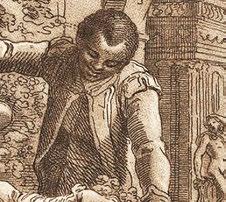

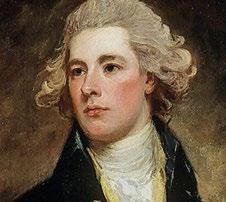
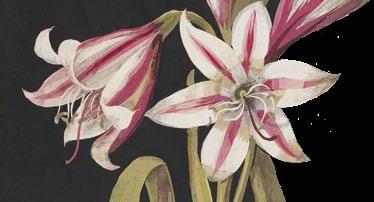
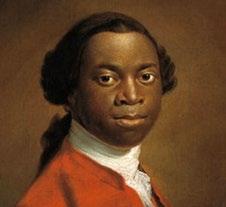
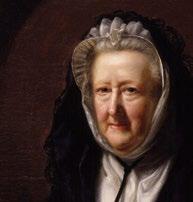
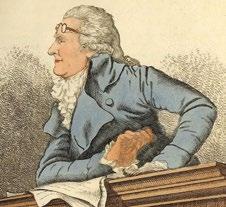
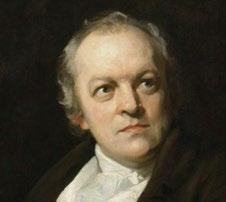
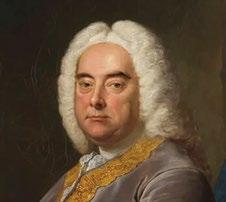
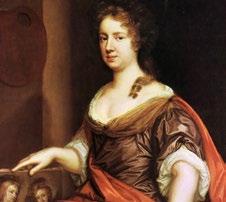
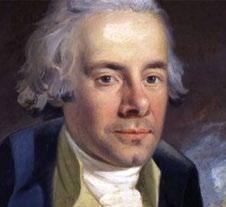
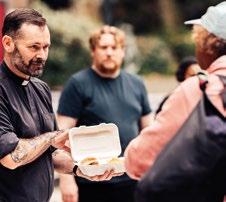

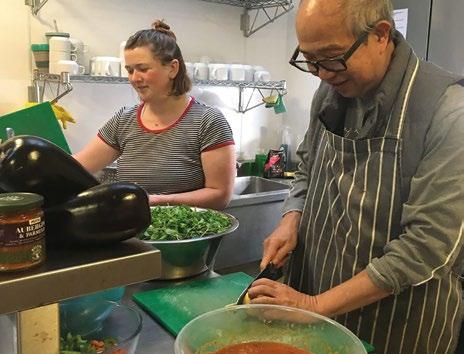


EACH YEAR, WE SERVE OVER 5,000 HOT MEALS TO PEOPLE EXPERIENCING HOMELESSNESS, AND PROVIDE OVER 5,000 HOURS OF FREE COUNSELLING.

We, the people of St James’s, believe in a God who is working in the world through us. We take seriously our call to feed the hungry and give the thirsty drink, knowing that it is we who are truly nourished in these divine encounters.
We open our doors to feed people who are experiencing homelessness on Sunday mornings and Monday evenings, providing over 5,000 hot meals each year. We recently established ‘Wardrobe’, a service offering clothes to our homeless guests. In 2022 we launched our new café with our partners Redemption Roasters, working with formerly incarcerated individuals to build new lives through education and employment in the speciality coffee business,
reducing re-offending rates from the national average (over 50%) to 22%. We run a drop-in counselling project, providing over 5,000 hours of free counselling each year. Open seven days a week to anyone, it is a service heavily used by businesspeople and homeless visitors alike. We want to see a society in which homelessness ceases to be an inevitability, incarceration and reoffending rates are reduced and mutual respectful relationships are built one conversation at a time.

As a church rooted in God’s earth, we believe that we are part of God’s beautiful creation, not set apart from it. Our vision is of creation in which we as humans live interdependently, conscious of our role in the climate emergency and our mission to safeguard the integrity of creation.
We were the first historic church in London to install solar panels, and the first to achieve Gold Eco Church status in 2018. Our rector was one of the first generation of women priests to be ordained in the Church of England in the mid 1990s. She was also the first female Canon of St Paul’s Cathedral, London, an appointment which caused huge controversy at the time.
We are the first parish church in Westminster to have a Black priest on the team. Our LGBTQ+ community, now named the ‘Pride of St James’s’, has historically been one of the most active in London, and, in the 1980s St James’s was the
first central London church to hold funerals and memorials for men who had died from AIDS. St James’s was the first central London church to hold an interfaith Iftar during Ramadan, welcoming Muslim and Jewish friends to the church and writing teaching materials for other churches to do the same. As a church committed to welcoming the stranger, we employ a Refugee and Asylum Worker, who supports those forced to leave their home nations as a result of persecution.
We are a church of firsts. Our impatience with the systems that could be fairer and more compassionate is legitimate and unavoidable.
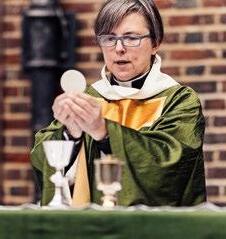
WE ARE A CHURCH OF FIRSTS. OUR IMPATIENCE WITH THE SYSTEMS THAT COULD BE FAIRER AND MORE COMPASSIONATE IS LEGITIMATE AND UNAVOIDABLE.

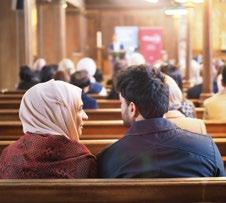



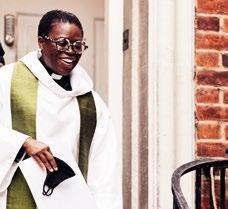
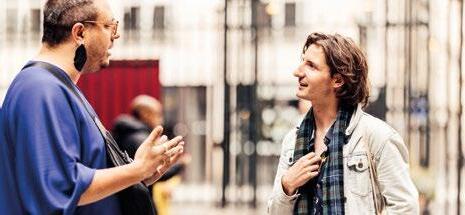

Historic and beautiful church buildings make no sense without the people we serve.
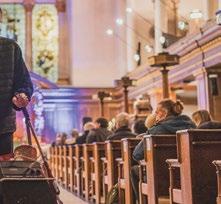
550 CHURCH SERVICES held each year
49 SOLAR PANELS installed on our roof

5,000+ HOURS of counselling provided through our drop-in service

5,000+ HOT MEALS delivered each year to those experiencing homelessness

12 ASYLUM SEEKERS/ REFUGEES accompanied through the system
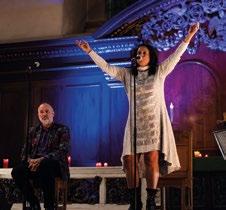
260 CONCERTS AND EVENTS held each year
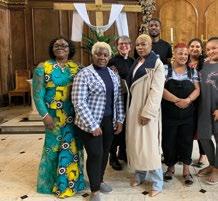


35 VOLUNTEER COUNSELLORS
51-22% REDUCTION in reoffending rates in employees of our café partners, Redemption Roasters

10,000+ CUSTOMERS served at our café each month


2o EARTH JUSTICE EVENTS held during last year

35 LIFE EVENTS each year

£17,000 OF FOOD saved from waste each year

30 STREET FOOD MARKET STALLS operating on our site each week

1 GOLD ECOCHURCH AWARD


15,000 ATTENDEES at our church services each year
5,000 CUSTOMERS visit our food stalls each month, from local workers to tourists

14,130 KWH OF ENERGY generated per year from our solar panels


42 PIONEER PLANTS grown in our ‘Aftermath’ planting project
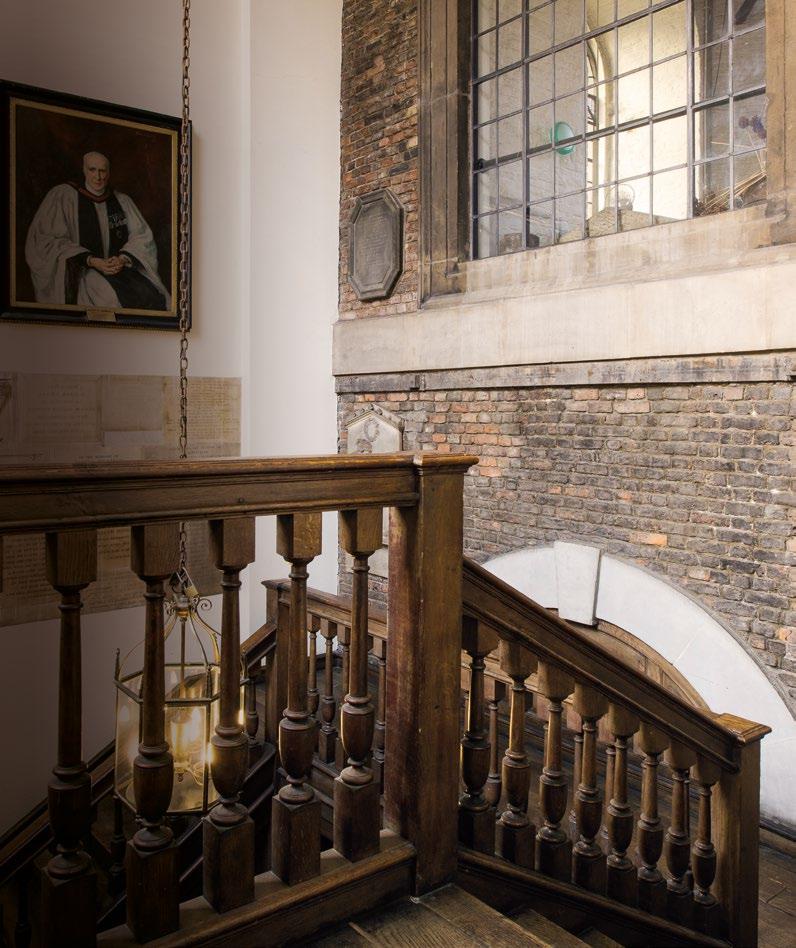
‘To worship is to quicken the conscience by the holiness of God… to devote the will to the purpose of God.’
WILLIAM TEMPLE, RECTOR OF ST JAMES’S 1914-18
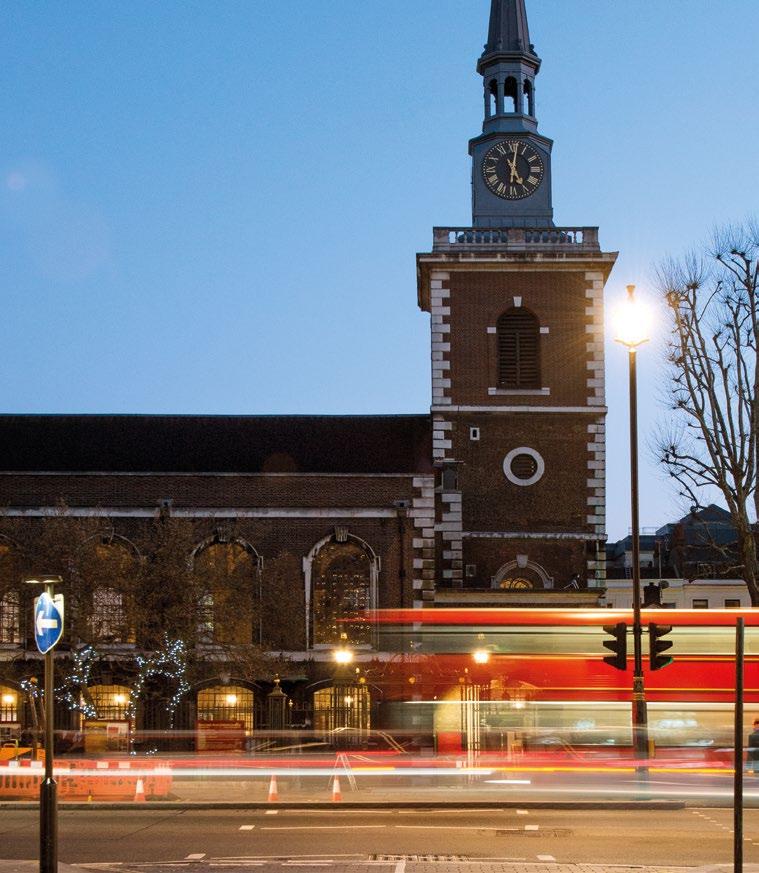
London is a world city and St James’s is at the heart of it. After 340 years, the time has come for us to ensure that we gift future generations with hope and a place that continues to plant the seed of imagination to build a better world. St James’s Piccadilly is one of the most universally admired churches by Sir Christopher Wren. It was consecrated in 1684 on what was then a green field site to the west of the City of London. Unlike the often constrained and awkward sites in the postfire City of London where Wren carried out most of his church work, the site at St James’s was open, which meant that he could design, in effect, his ideal church.
The building has subsequently been much imitated in later C18th and C19th church design, not just in Britain, but among the wider Anglican Communion across the world. Old North Church Boston in the USA was one of the first in 1723. The site of St James’s has evolved significantly over the years, but the unusual generosity of its setting has provided it with a spaciousness that still offers welcome relief to the West End streetscape that surrounds it.
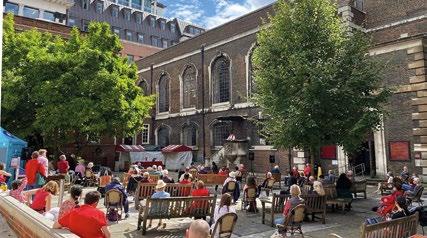


We the people of St James’s believe in the transformative vision that is the Wren Project because it is bigger than us. It speaks to a higher purpose. It speaks to justice, beauty, equity, and liberation.
The Wren Project is a restoration of the whole site, the sanctuary, the courtyard and gardens and the Piccadilly building that supports our community social outreach work. The Project holds true to the roots of our baptismal call, lived out by Blake and Cugoano, that we are made for more. St James’s Church Piccadilly, in the beating heart of London, has made itself a community that is proud of its creative openheartedness where everyone has a place to belong. We are excited to be on this journey and encourage everyone who we encounter to join us in bringing more light, more joy, and more hope, to the people, communities and society we serve.
At a crucial time of climate change, we want to ensure that future generations see the impact of our work through the restoration, so we have thought about the whole of our site, church, courtyard, garden, and rectory, as a “green site” increasing the biodiversity throughout, augmenting, and managing planting in this urban green space, and securing the longevity of a composition of trees, which is so vital a part of St James’s character. An air source heat pump will be installed in the church tower, transforming the energy use and management of the site and providing an example for other historic buildings.

Most people in the UK live their lives without reference to organised religion. It is our vision to remove as many barriers as possible from helping people of all backgrounds and beliefs to find a place to belong here. This finds expression in very practical ways with the transformation of doors, entrances, seating, lighting and sound. The commissioning of a new organ is a key aspect of the scheme, along with the establishment of a ten year music scholarship for a young musician each year to learn and develop their own practice.
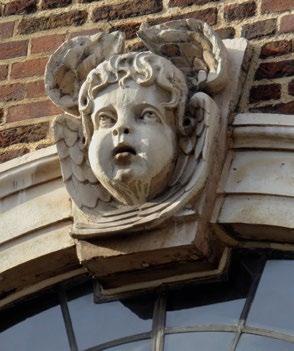

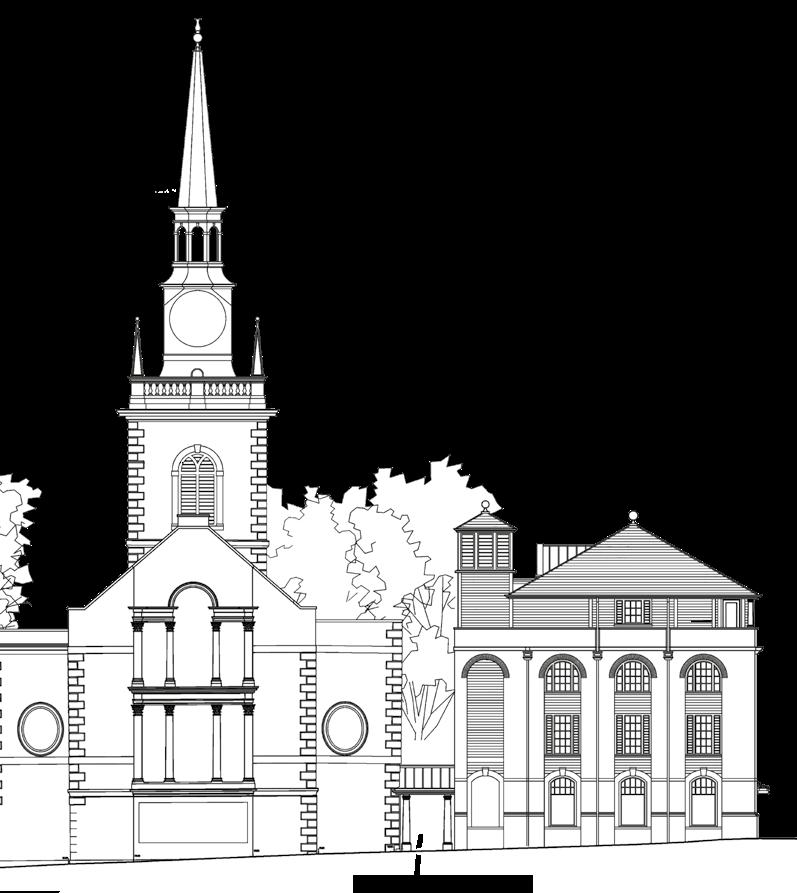
(viewed from the South)
CHURCHYARD PAVILION

New oak framed thatched pavilion in re-landscaped Green Churchyard
Existing Jermyn Street wall retained, traditional railings reinstated to top of wall
Conversion of Jermyn Street Building into new Rectory
New archway through Jermyn Street Building enabling access to Churchyard and to Piccadilly beyond
GREEN JERMYN STREET BUILDINGFibre glass spire replaced, Corner balustrade finials and balustrade moulding reinstated
New oak louvre to former bell level chamber to suit installation of air source heat pumps

Reforming of historic South door into Church, on axis with approach from St James’s Square
PICCADILLY BUILDING (not visible) will be extended and adapted for social impact projects
ST JAMES’S PICCADILLY CHURCH Existing South Porch door closed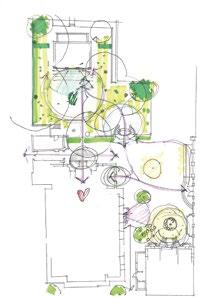
The project includes several new features including, the opening up of the site to the East and the South. A new arch will connect Piccadilly to Jermyn Street and provide greater access to our gardens. A new South door will once again connect St James’s Square to the church, this is part of Wren’s original design. The new gardens, designed by the award-winning garden architect Robert Myers, will include a new Pavilion, serving the community with an event and exhibition space, and the total re-landscaping of our gardens, ensuring that anyone using a wheelchair can access any part of the site without having to ask for help.
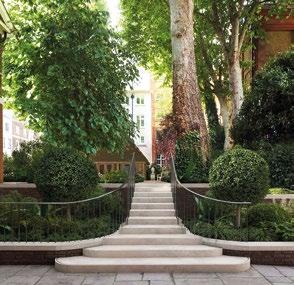
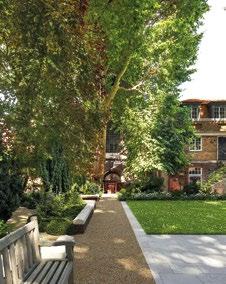
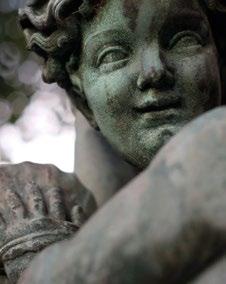

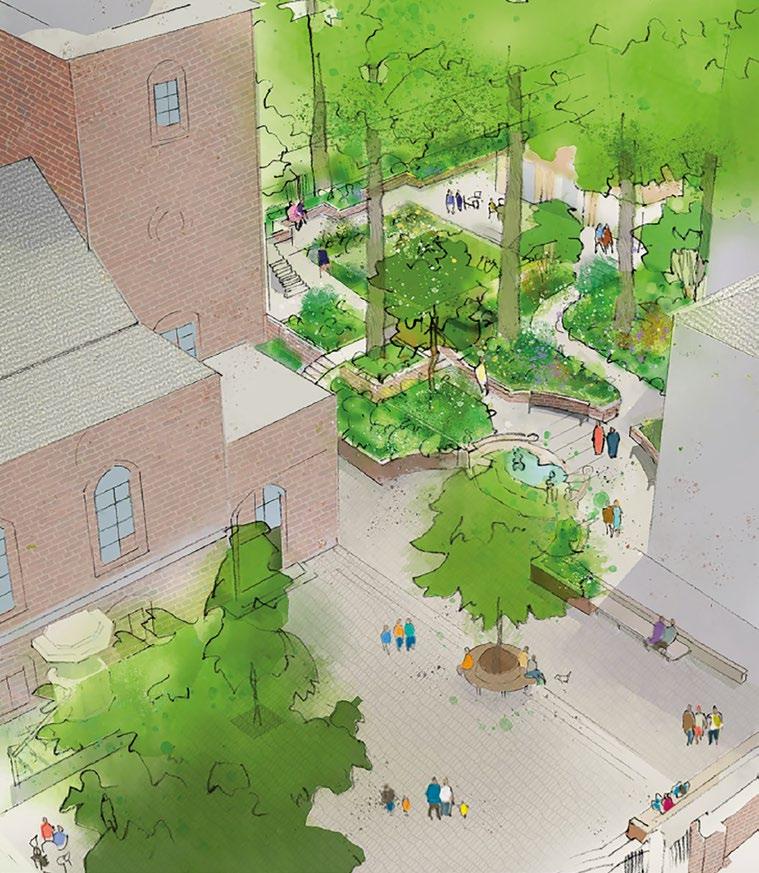
Pedestrians currently walk through the café or the Church itself from Jermyn Street up to Piccadilly. These cut-throughs attract a huge footfall every day, unfortunately causing damage to the narthex (our lobby area) through ‘wear and tear’. We also feel this is an unworthy entrance to the light and airy interior that Wren created. The West Door, the intended main entrance to the Church, is currently unused.
By providing a new connection between Jermyn Street and Piccadilly that is outside of the Church building itself, via a new archway, we offer a new pedestrian link that will allow the West Door to be reopened and serve as the main entrance to the Church. This will also create a better connection between the Church and the Green.
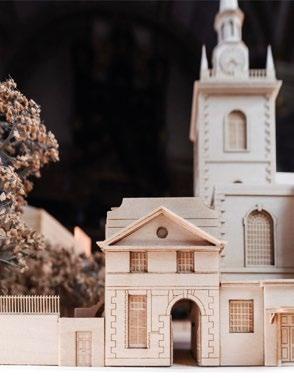
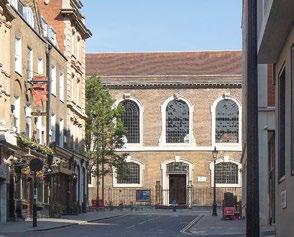
By removing the current vestry link building, added in 1954, between the Rectory and the Church, an elegant new route east-west is proposed, transforming Church Place, which is currently something of a back alley. The Southwood Fountain and outdoor pulpit will become more visible, transforming the view from Church Place.
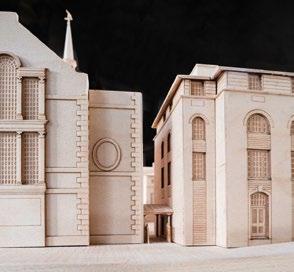
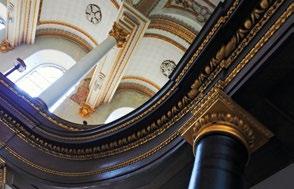
We do not intend to make extensive changes to the Church building itself, which is Grade I Listed with a rich heritage to be proud of. Some small refurbishments and restoration are proposed including:
Increasing flexibility for events
Currently, the pews, which are fixed, make the space inflexible for events, and the lack of access to the south or north means fire restrictions keep both audience and congregation numbers lower than they could be. Re-instating a South Door to the Church onto Jermyn Street, and changes to the existing north east door, along with adjustments to the pews, will help ease these issues.
Work will include careful plaster repair and redecoration, achievable following the re-roofing of the Church in the early 2000s. The existing fibreglass spire is badly leaking and will be renewed. Existing electrical wiring, increasingly vulnerable to failure, will be renewed along with the lighting which is currently inadequate and difficult to maintain. We will also seek to clean and repoint the brickwork on the north and west sides of the building with traditional lime mortar, to complete work already begun on the south and east sides.
We want everyone to be able to access all parts of our Church and gardens, without having to ask for help.
St James’s Church is a historic building. As such it is not always easy to get around, especially if you use a wheelchair or have other mobility needs. It is an essential part of our plans that whatever we do must make the site fully accessible, for everyone. We will do this by:
• Providing level access to the Church via the West Door.
• Adding new toilets in the Church, including fully accessible toilets.
• Installing lifts in the Piccadilly building to ensure easy access.
• Developing a new step-free access to our Green Churchyard through a gentle slope which allows wheelchair users to access the improved green space the same way as everyone else.
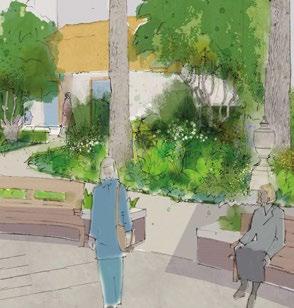
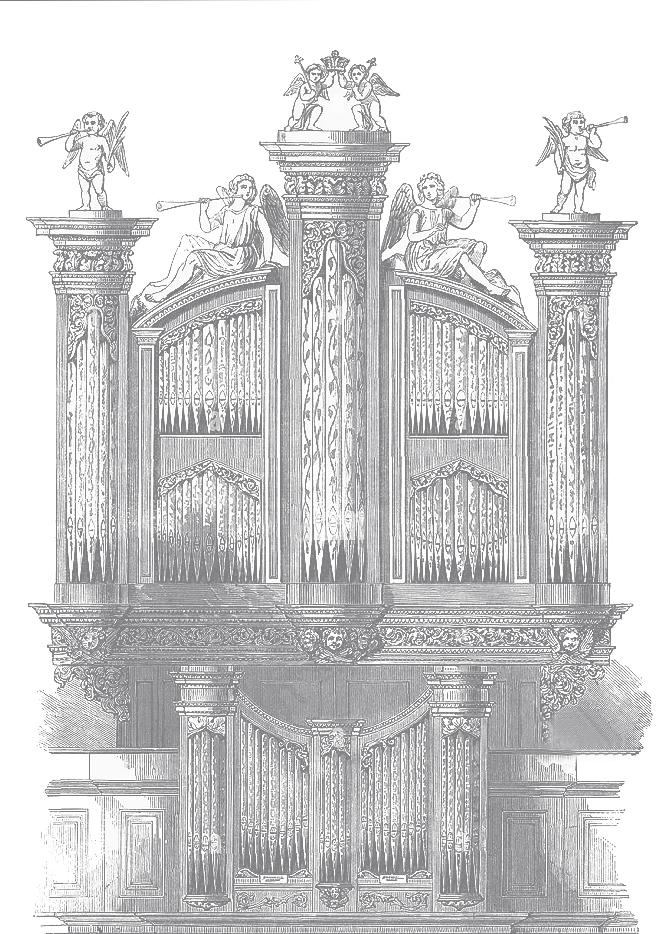
The Great Organ of St James’s church stands on the upper west gallery that was provided at the time the church was built, under the direction of Sir Christopher Wren. Originally made by Renatus Harris in 1685 for James II’s chapel in Whitehall, the instrument was given to St James’s by King William and Queen Mary II and installed by Father Bernard Smith in 1691, with the carving on the case by the Anglo-Dutch artist, Grinling Gibbons.

In 1852 JC Bishop built what was essentially a new instrument within the Harris case, retaining a few of the original pipes, including the original front pipes. He also provided a new small ‘chair’ case in 17th-century style to accommodate the Choir organ. It was highly unusual for a Victorian organ builder to provide such a case and it is now an important artefact in its own right.
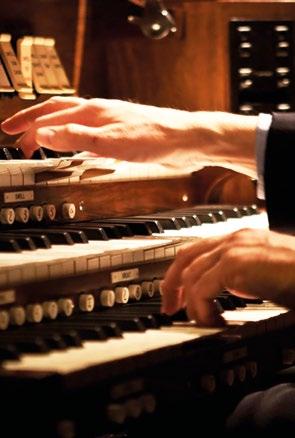
In 1898 Bishop & Son enlarged the instrument and the organ was rebuilt by Rothwell in 1914 with a new console.
With the Wren Project, we are including in support for the full restoration of the Great Organ, a ten-year named scholarship programme that will continue the great tradition of music making at St James’s.

The Wren Project Design Team is led by Ptolemy Dean who, working closely with the Rector Lucy Winkett, the church wardens and the church council, has developed a thoughtful, appropriate yet innovative scheme.
Ptolemy Dean joined Richard Griffiths Architects in 1994, where he was responsible for the £5m Millennium project at Southwark Cathedral, which involved restoration and refurbishment, and the creation of a major new building to the north of the Cathedral. In 2005 Ptolemy Dean established Ptolemy Dean Architects. His practice continues create challenging new work both to, and in the context of, historic buildings. In March 2012 he was appointed Surveyor of the Fabric at Westminster Abbey. This appointment was followed by the successful delivery of the Westminster Abbey Queen’s Diamond Jubilee Galleries project. He has also recently been appointed Foundation Architect of Christ Church, Oxford. Ptolemy was appointed Officer of the Order of the British Empire (OBE) in 2019 for services to heritage and design. He was also made an Honorary Doctor of the Arts by the University of Kent, in 2022, in recognition of his significant contribution to architecture, conservation and heritage.

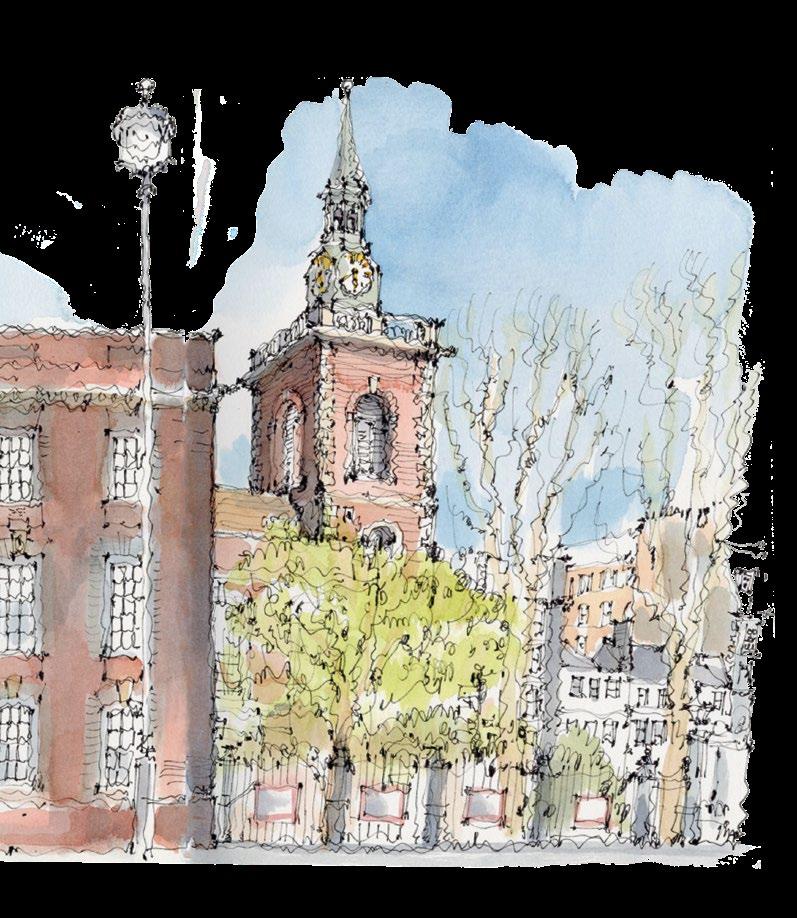
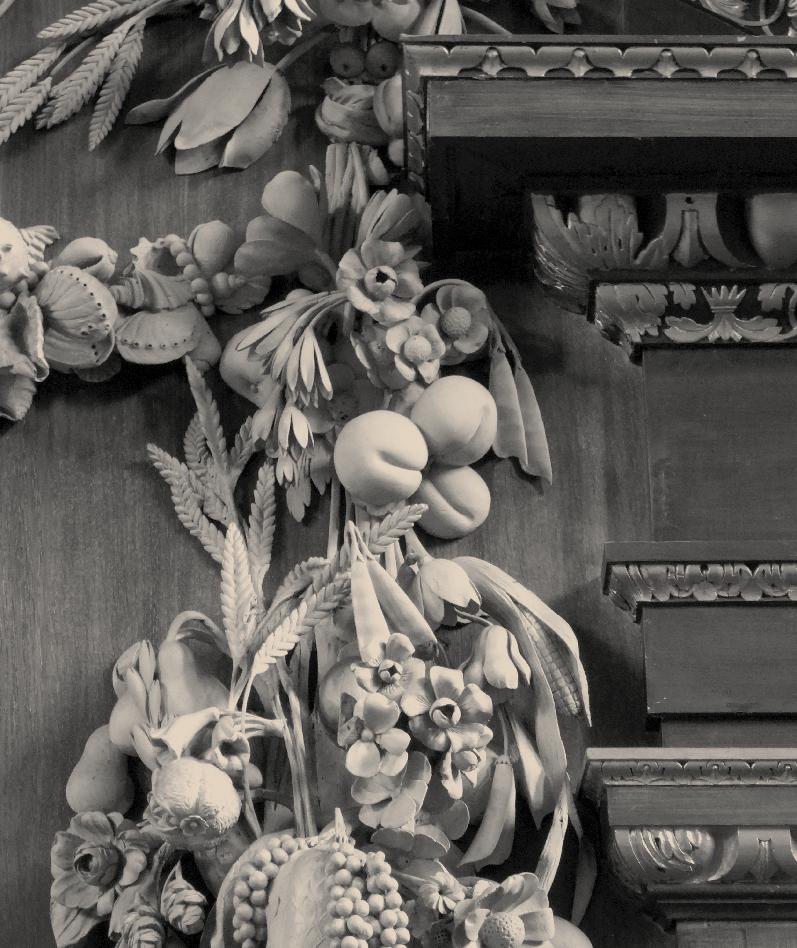
'There was no altar anywhere in England, nor has there been any abroad, more handsomely adorn'd.'
JOHN EVELYN, 1684
INSPIRED BY THE PAST, CREATING A NEW FUTURE CREATING NEW

The Wren Project’s purpose is not just to restore a historic site of international significance but, taking our cue from those who have gone before, the project is for the people who work and live within the surrounding neighbourhood and for the thousands who visit us each year. 40,000 visitors pass through St James’s every month. Each year we provide eight music scholarships and support over 5,000 young musicians from the Royal Academy and the Royal College of Music with performance opportunities.
As part of the vision of the Wren Project, we have created the St James's Changemaker Programme – Imagine the World to be Different. The title reflects and acknowledges all those who have made a positive global impact and gives focus to a new leadership programme to empower scholars to ‘Imagine the World to be Different’, and give them courage and skills to make it so.
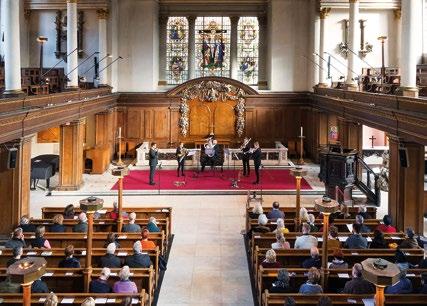
St James’s Piccadilly is not just a building. It’s an idea and an invitation. The idea is that creative leadership is urgently needed in society today and that it’s a matter for the soul too. The invitation is to be part of the change that such leadership can bring.
By 2034, 50 change makers, aged between 22-34, will be innovating, inspiring, and creating other changemakers in society, rooted in the character, values and vision of St James’s Piccadilly.
As outlined above, those who have shaped our history have impacted our world. Each has imagined the world to be different and worked to make it so. The St James’s Changemaker Programme is born out of this history of resistance, restoration, and reimagining. Our programme is intentional in its vision and purpose, open to people of all faiths and none. It is an organic development rooted in and
growing from a place in London that has always given space to protagonists for, and leaders of, change throughout our history.
Our approach is long sighted and long term. Change doesn’t just happen. It needs creative people with staying power, resilience, and the persistent conviction that things don’t have to be as they are. A pluralist approach across different disciplines ensures an embedded focus on diversity in all its forms, widening access and opportunity to the sectors that underpin each strand. It is intentionally bringing together young leaders in civil society, business, science, and the arts.

A leadership programme by women for women, this first strand will encourage and empower young women who are dedicated to improving their communities through active engagement and being a visible and vocal presence in the public square.

Set in London’s theatreland, and at the centre of the art trade, St James’s has unparalleled opportunities to offer young Changemakers access to the creative industries. From choreography to curation, this strand will release the creativity of under-represented groups in the creative industries.

Based in St James’s decades-long championing of innovative work in this space, and in partnership with the scientific societies close to St James’s, the skills and vision of young leaders as reflective practitioners in science and technology will be developed and encouraged.

Inspired by the commissioning of a new organ, and with the incomparable Fazioli piano at St James’s, this strand will encourage musicians from every genre of music: classical, jazz, pop and everything in between.

Inspired by St James’s location, surrounded by financial organisations and institutions in the central business district of London, this strand recognises the power and influence of business leaders in society today. Young entrepreneurs will commit to changing the world of commerce, one company at a time.

Our hope is to create and foster interfaith and intercultural dialogue centred on the values that underpin transformational leadership.
Identifying the values upon which a positive leadership model can be based is only the first step. The Changemaker Programme will explore those values in order to develop the courage to live and lead with those values. At a time when we are struggling for solutions to complex global challenges, made manifest in our communities and society, the world needs courageous leadership. This programme will nurture leaders who are not afraid to challenge current systems creatively and effectively.
We want to recognise and elevate people with diverse stories and identities. We want to show that change can be led from any community, and often from unexpected places. We want to start a dialogue between young leaders across disciplines who would not have had the chance to meet and connect because of their geographic location. Through this programme, we want to build a network for positive social change through inspiring young people who in turn can inspire each cohort that follows behind them.
With five Changemakers chosen each year, between the ages of 22-34, St James’s Changemaker Programme will, by 2034, have empowered fifty leaders. In years 1-3, our young Changemakers will come from across the UK. Years 4-6 to include Europe, and years 7-10 worldwide.


Lucy is a broadcaster, writer and Rector of St James’s Church Piccadilly, London. She was one of the first generation of women ordained as a priest in the Church of England. With degrees in Modern History from Cambridge, Theology from Birmingham and as a trained musician at the Royal College of Music, she has pioneered women’s leadership since the 1990s. She was the first woman priest at St Paul's Cathedral London in its 1,400-year history, an appointment which caused huge controversy at the time.

Ptolemy Dean OBE is a British architect, television presenter and the 19th Surveyor of the Fabric of Westminster Abbey. He specialises in historic preservation, as well as designing new buildings that are in keeping with their historic or natural settings.
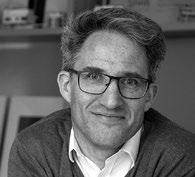
Robert Myers is an award-winning landscape architect and garden designer, creating rich spaces that reflect the history of the place and the character and aspirations of the people who use them. These include the Magic Garden at Hampton Court Palace, the Duke of York Square in Chelsea, and Southwark Cathedral precinct. He regularly designs gardens at the Chelsea Flower Show and is an RHS judge.

Mariama is Head of Education at the Salters’ Company and Institute in the City of London and combines this role with being a part-time priest. She is a modern linguist, with a degree in French and Spanish from the University of St Andrews Her love of languages propelled her to embark on an MPhil in European Literature and Culture at the University of Cambridge, which was followed by a PhD in Spanish, also at Cambridge In 2009, Mariama was awarded the Fulbright Scholarship to New York University.

Ayla joined St James’s in July 2022. Prior to her appointment she was the Ahmanson Fellow in Art and Religion at the National Gallery. Originally from Canada, she moved to the UK in 2003 to study Theology at Oxford and Art History at the Courtauld Institute of Art. Following her PhD in Victorian Sacred Architecture at the Courtauld, she held fellowships at Yale’s Institute of Sacred Music, the Courtauld and the University of Essex. She was ordained in London in 2018 and served her title at Hampstead Parish Church.
Dee Hetherington
Church Warden
Claire Wright
Church Warden
Wilson Wong
Vice Chair of the Parochial Church Council
Brian E Willetts
Director of Development
Nick Thasarathar
Operations Director
Richard Parry
Creative Director
Ross Ingham
Wren Project Coordinator
Ryan Tyler
Estates Management Consultant
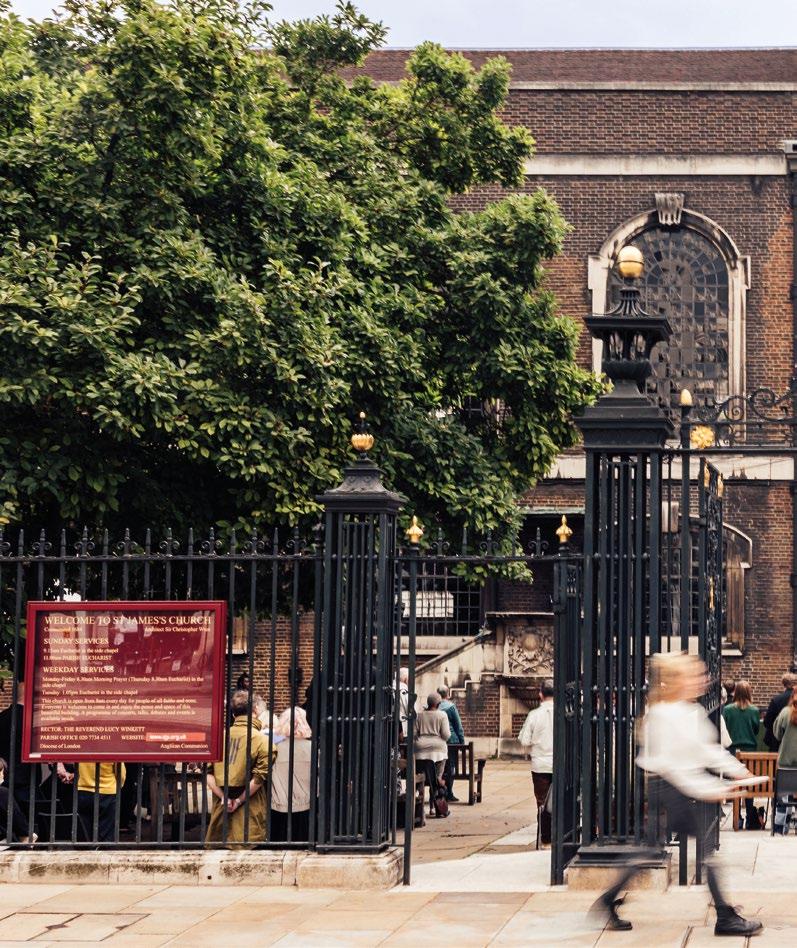
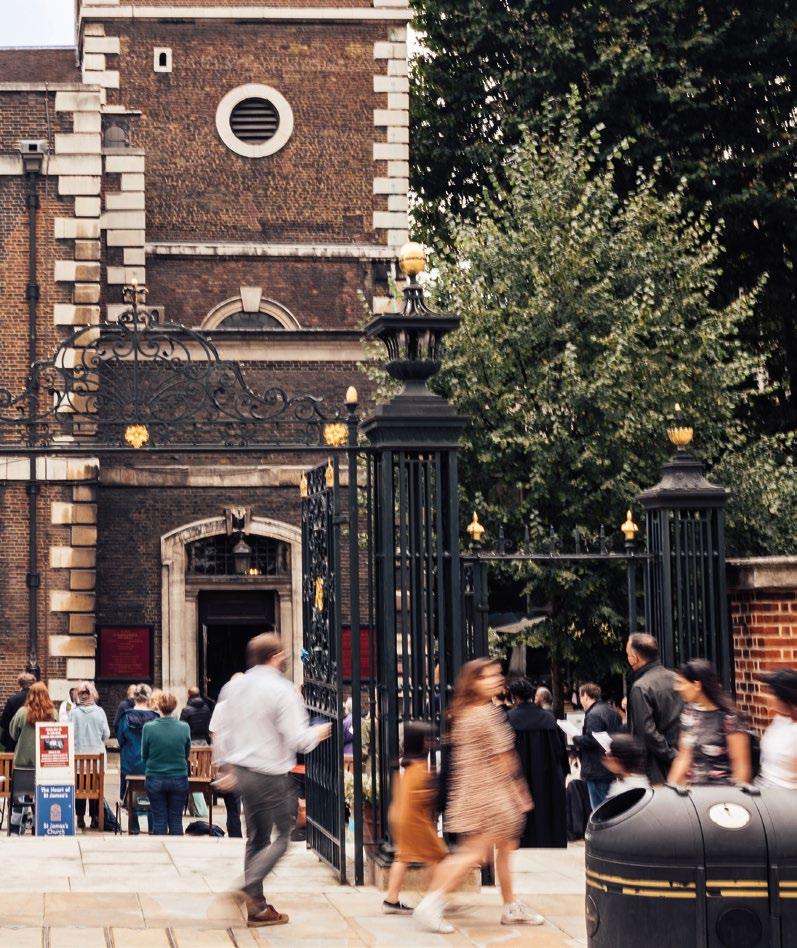
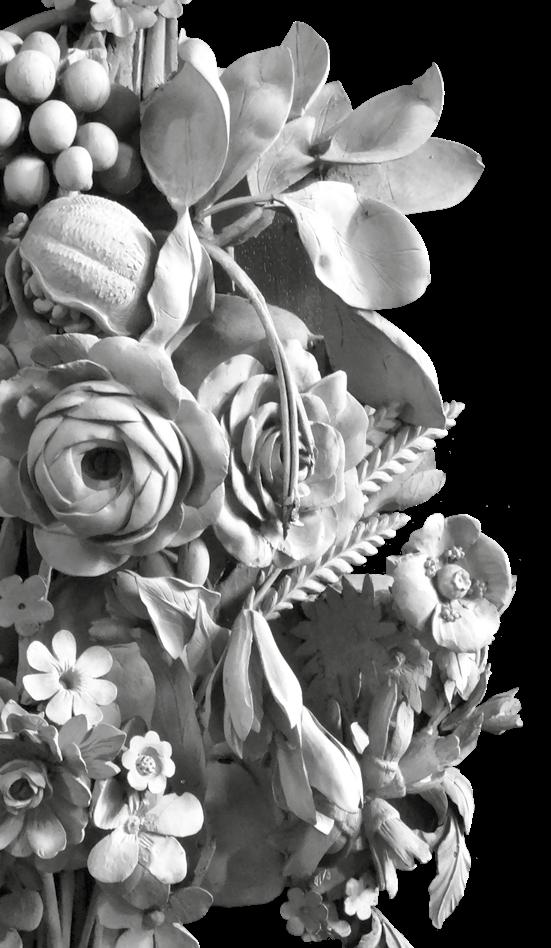
William
Temple, Rector of St James’s Church (1914-1918) and later Archbishop of Canterbury,
was famous for asserting that the Church was ‘the only society that exists for the benefit of those who are not its members’.
It is this outward looking vision that has driven our own plans for The Wren Project.
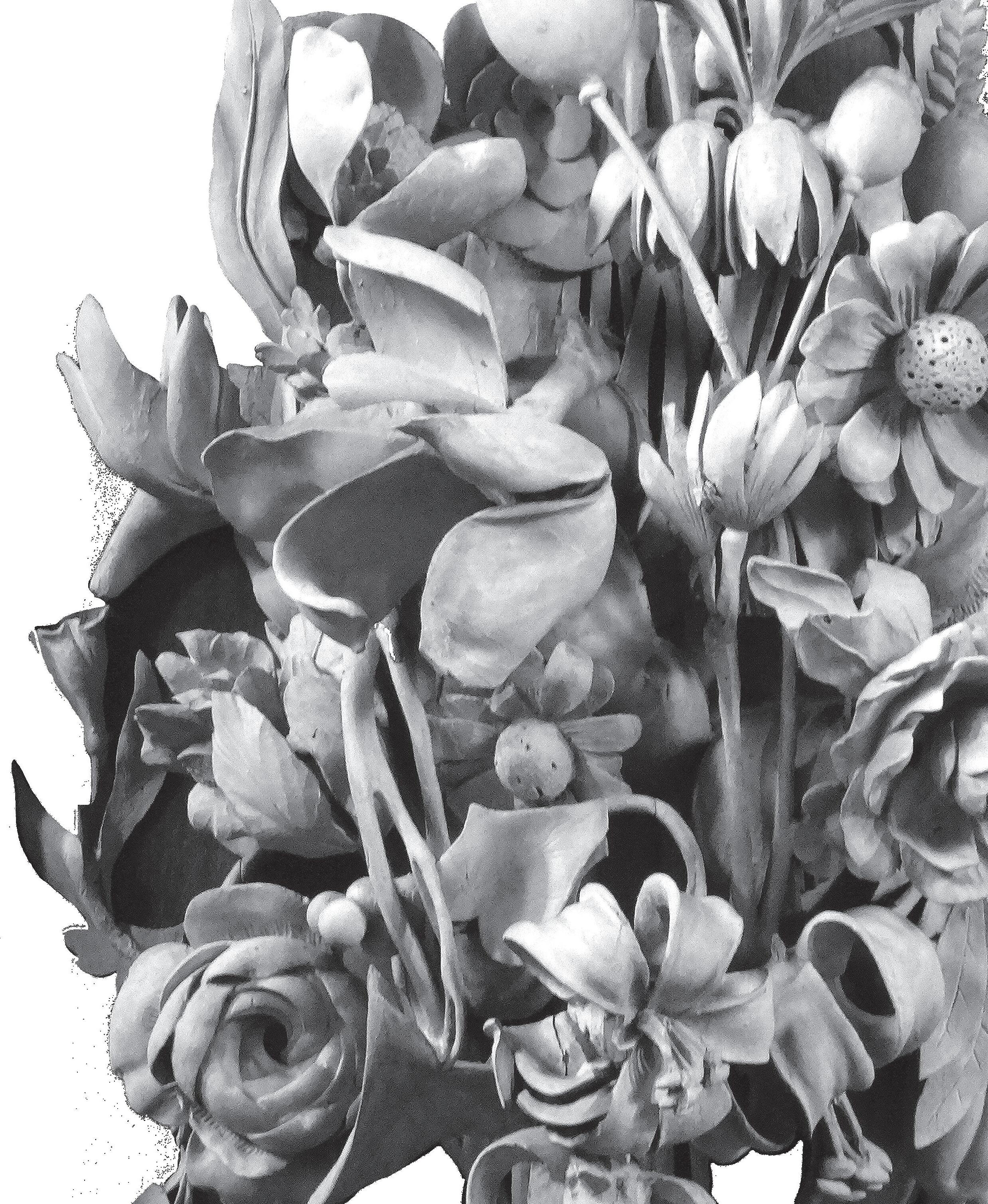
Unit 1b, Princes House, 38 Jermyn Street, London SW1Y 6DN
+44 (0) 20 4558 1764 +44 (0) 7497 371202
development@sjp org uk www sjp org.uk
St James’s Church Piccadilly is a UK registered Charity No 1133048 © StJP PCC 2023
American Friends of St James’s Piccadilly 501(c)(3) 1150 Walnut Street, 2nd Floor
Newton, MA 02461
Tel: +1 410 543 2126
Email: philanthropy@sjp.org.uk
American Friends of St James’s Piccadilly is a 501c3